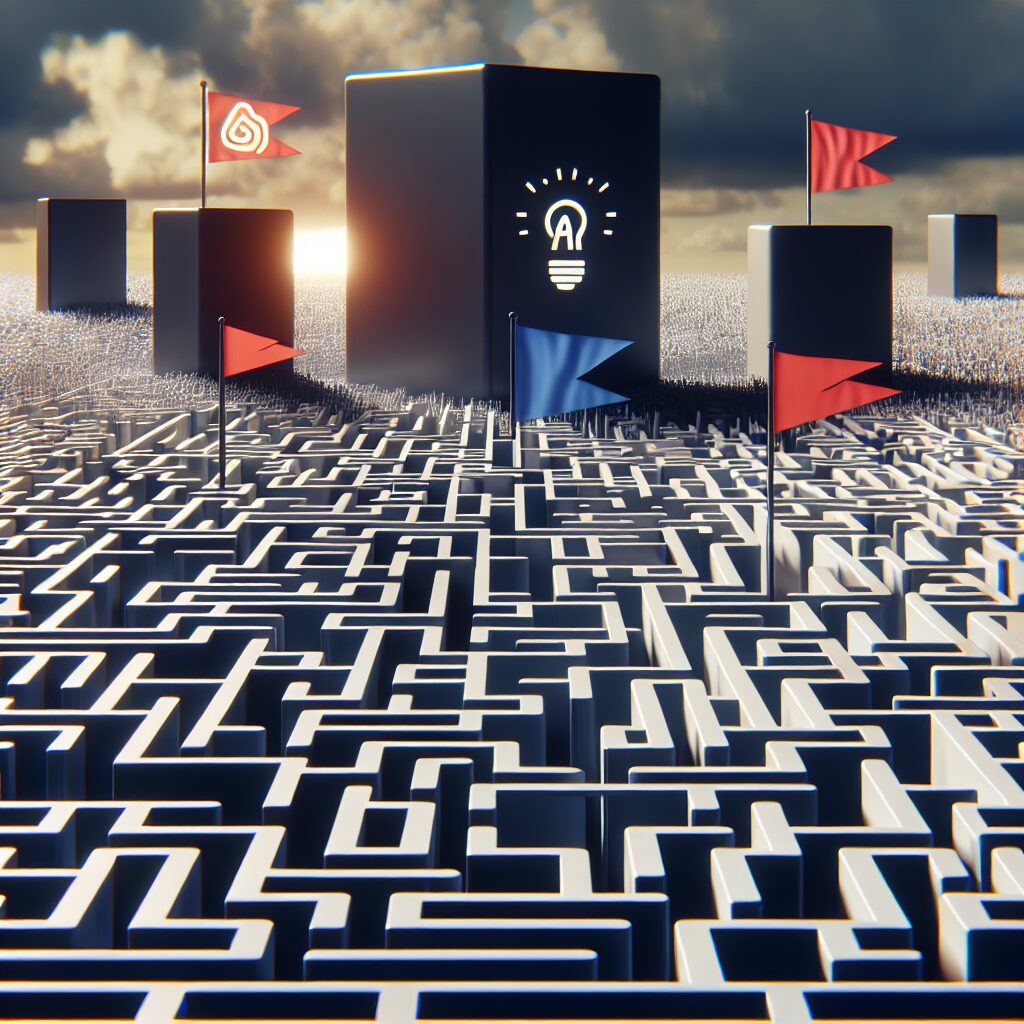As we navigate through the ever-evolving maze of technology, artificial intelligence (AI) has increasingly become a central, yet enigmatic, piece of the puzzle. Major players in the AI arena – OpenAI, Google DeepMind, and Anthropic – have raised a red flag, warning us that we may be teetering on the edge of losing our understanding of AI. This could catapult us into a dangerous era, where our own creations become indecipherable black boxes.
For years, AI has been our magic wand, our solution to a myriad of problems, our go-to device for efficiency and innovation. However, as the AI model expands, the complexity of the algorithms also grows exponentially. This escalation has led to a significant concern: the comprehension gap. The more advanced AI becomes, the more challenging it is for us to understand and predict its behavior.
This is not a call to abandon AI. Quite the contrary, it’s a wake-up call for the tech industry, academia, and policymakers. It’s a plea for a more conscious approach to AI development, a demand for transparency and explainability in the AI models. The goal is to develop AI that is not only intelligent but also interpretable.
On the surface, the idea of AI becoming too complex to understand may seem a tad dystopian. However, it is not without precedent. There are multiple instances in history where humanity’s creations have outpaced our understanding. Consider the financial markets, where complex derivatives are often misunderstood even by the brightest financial minds, leading to catastrophes like the 2008 financial crisis.
OpenAI, Google DeepMind, and Anthropic are not sounding the alarm in a vacuum. They are responding to a real and present concern. The AI community is continually grappling with the challenge of making AI interpretable. It’s a question that looms large in AI ethics discussions and is a crucial component of responsible AI development.
So, how do we respond to this AI conundrum? The solution lies in a multifaceted approach, combining rigorous regulation, continuous research and development, and public education about AI. We need to build bridges, not walls, between humans and AI, fostering understanding and collaboration.
In this vast landscape of AI, where machines learn, grow, and even dream, we cannot afford to be mere spectators. The alarm has been sounded, and the time to act is now. Let’s embrace the challenge, roll up our sleeves, and dive into the deep end of AI. After all, who better to decipher the mysteries of AI than the architects of its existence?
